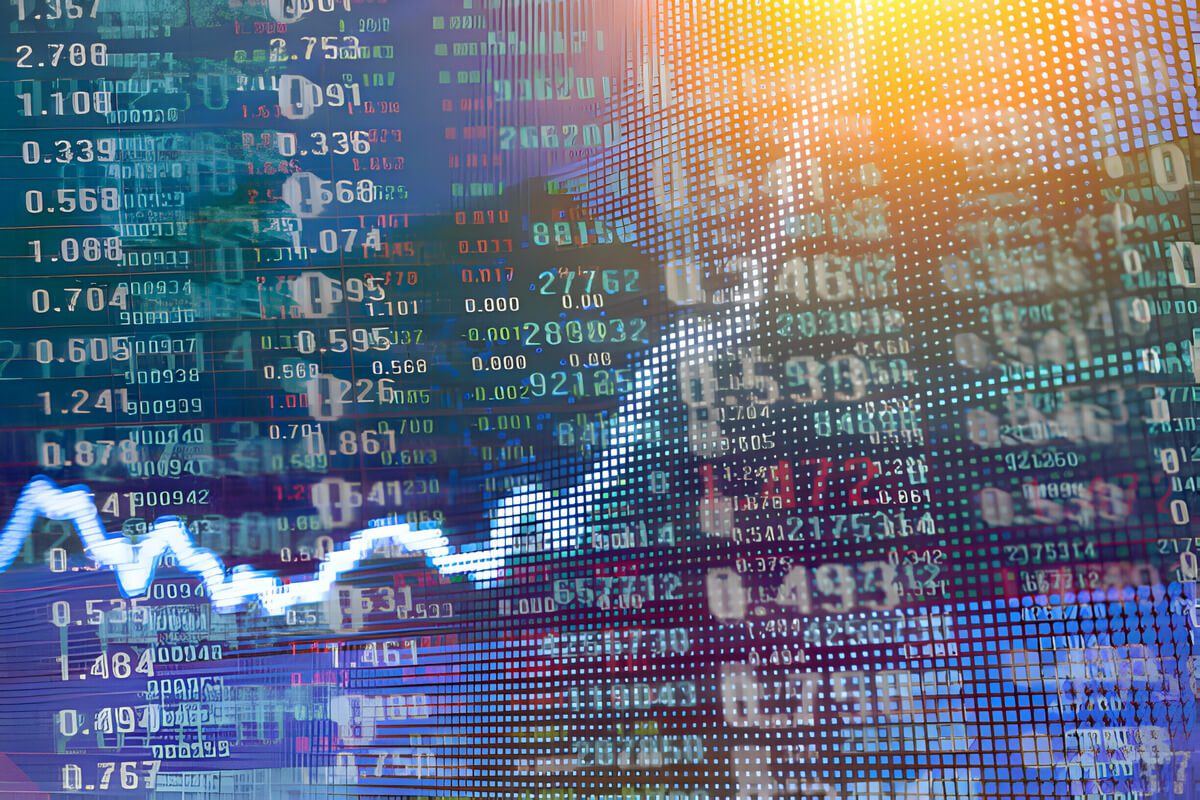Quantitative trading combines mathematical models, computer algorithms, and statistical principles to identify trading opportunities. This method, often preferred for its precision and objectivity, involves several essential components that ensure its effectiveness. Understanding these components is vital for anyone interested in or currently engaging in quantitative trading.
What is Quantitative Trading?
The utilization of mathematical models and algorithms in quantitative trading enables the identification of lucrative trading prospects. By analyzing large datasets, including price and volume, quant traders seek to predict market movements and execute trades automatically, often at high speeds. This approach minimizes emotional decision-making, relying instead on statistical evidence and computational techniques to maximize returns and manage risk.
Data Analysis
At the heart of any quantitative trading system lies data analysis. This procedure entails the gathering, manipulation, and examination of past and current data to make informed trading choices.
Historical Data
- Significance: Historical market data allows traders to backtest trading strategies, ensuring they are robust and viable before implementation.
- Types of Data: Includes price data, volume, open interest, and in some cases, fundamental data from financial statements.
Real-time Data
- Application: Real-time data feeds are crucial for executing trades based on current market conditions.
- Challenges: The performance of trading methods can be considerably influenced by the assurance of data accuracy and the effective management of latency.
Mathematical Models
Mathematical models are the backbone of quantitative trading strategies. These models use statistical methods to predict market movements and identify trading opportunities.
Statistical Models
- Purpose: To find patterns and correlations in market data that can predict future price movements.
- Example: Regression analysis can be employed as a statistical method to forecast stock prices by considering a range of economic data.
Machine Learning Models
- Advancement: Machine learning models can adapt to new data, improving prediction accuracy over time.
- Implementation: Commonly used machine learning techniques include decision trees, neural networks, and support vector machines.
Algorithmic Execution
Once a trading opportunity is identified, the quantitative trading system must execute trades efficiently and accurately. This is where algorithmic execution comes into play.
Trade Execution Algorithms
- Function: The algorithms employed in this context effectively decompose substantial orders into smaller units, hence mitigating market impact and slippage.
Risk Management Algorithms
- Importance: Risk management algorithms help quantify and manage the risks associated with trading strategies.
- Mechanisms: These might include setting stop-loss orders, adjusting portfolio exposure, and diversifying investments to mitigate risk.
Technology Infrastructure
The effectiveness of a quantitative trading system heavily depends on the technology infrastructure supporting it. The infrastructure must possess the capacity to process extensive volumes of data and carry out deals with exceptional speed.
Hardware and Software
- Requirements: The rapid processing of data and efficient execution of algorithms necessitate the utilization of high-performance computers and servers.
- Software: Specialized software for data analysis, model development, and trade execution is also crucial for the system’s success.
Connectivity
- Networks: Fast and reliable network connectivity is essential to receive real-time data and execute trades without significant delays.
- Access to Markets: Direct market access (DMA) allows the system to interact with the exchange’s order book directly, facilitating faster trade execution.
Execution and Order Management
Execution and order management are key components of the trading process, especially in high-frequency trading environments. These systems route orders to various liquidity providers and exchanges, optimizing execution speed and minimizing slippage. Traders may employ algorithms to divide substantial orders into smaller, more feasible segments and execute them gradually to mitigate market repercussions.
Performance Monitoring and Optimization
Once a quantitative trading system is deployed, traders continuously monitor its performance and make adjustments as needed. This involves analyzing trading metrics such as profitability, risk-adjusted returns, and execution quality to assess the effectiveness of the system.
Unlock Your Trading Potential and Enroll in Our Trading Courses Today!
Are you prepared to elevate your trading abilities to a higher level? Discover our Basic and Pro courses specifically tailored to provide you with the necessary knowledge and tactics to thrive in the ever-changing realm of trading. Our comprehensive training caters to both beginners aiming to establish a solid foundation and experienced traders in search of advanced tactics. Enroll with us today and commence your path toward achieving financial autonomy and triumph in trading!
Are you ready to master the art of trading and unlock the secrets to profitable investing?
Conclusion
A quantitative trading system is a complex integration of data analysis, mathematical models, algorithmic execution, technology infrastructure, and regulatory compliance. Every individual component plays a crucial part in determining the overall performance of the system. Traders can optimize the effectiveness, precision, and financial gains of their quantitative trading strategies by comprehending and consistently improving these elements. Whether you’re a seasoned quant trader or new to the field, focusing on these essential components can provide a solid foundation for successful trading in the dynamic world of financial markets.
Also Read
What are the Advantages of Utilizing Commodity Trading Platforms?
How Do I Begin Forex Algorithmic Trading?
What are the Crucial Factors to Consider For Position Trading?
How Can I Enhance My Scalp Trading Abilities in the UK?
How to Use the Best Indicators for Successful Swing Trading
How Can You Pick the Finest Forex Trading Bot for Your Requirements?
Everything You Should Know About UK Futures Trading Strategies
Can the Inner Circle Trading Strategy Be Applied to Different Markets in Reading, UK?
How Do I Use An Options Trading Bot That Never Stops Working?
What Happens When You Make a Mistake in Forex Line Trading?
Why the Secret Formula of the Trading Process Will Help Traders Win
Why Choose a Specific Trading Structure?
How to Trade the High-Impact Liquidity Zones

